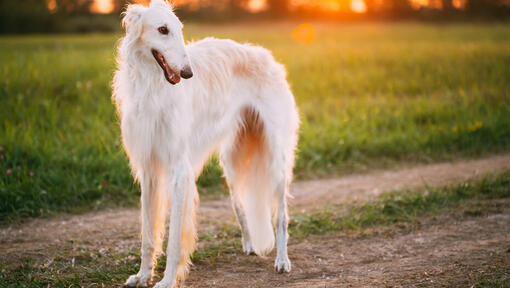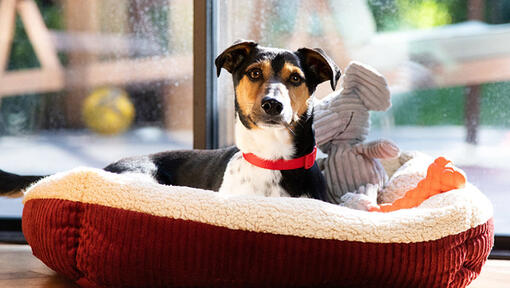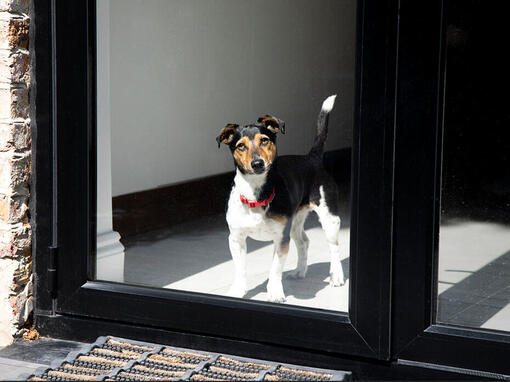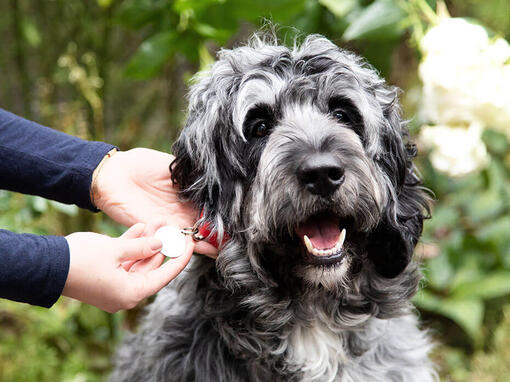Personality
As an adult, the Borzoi is a good-natured and gentle dog in the house, taking up surprisingly little space for their size when it suits them. Aloof and reserved with strangers, they can be very affectionate with their own family and exhibit a sense of humour and strong personality that sighthound fans find very appealing.
While not a guard dog, they may alert owners to the presence of suspicious characters and will give good account of themselves if they feel it necessary. Their nature as a sighthound, to course and to chase, must be kept in mind. While they can be raised with cats and small dogs that they view as ‘family’, they will always be predisposed to give chase to fast moving furry objects.










